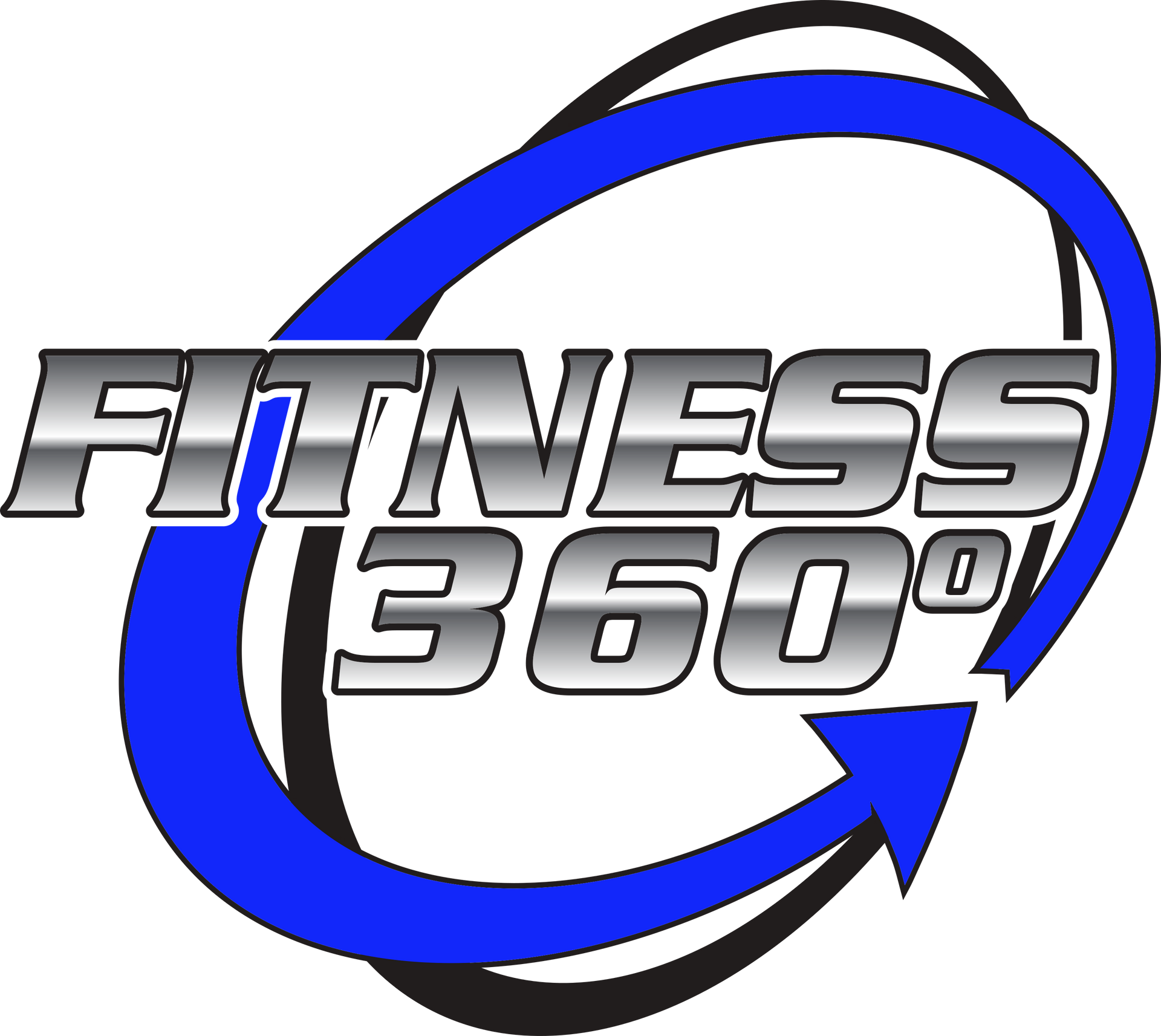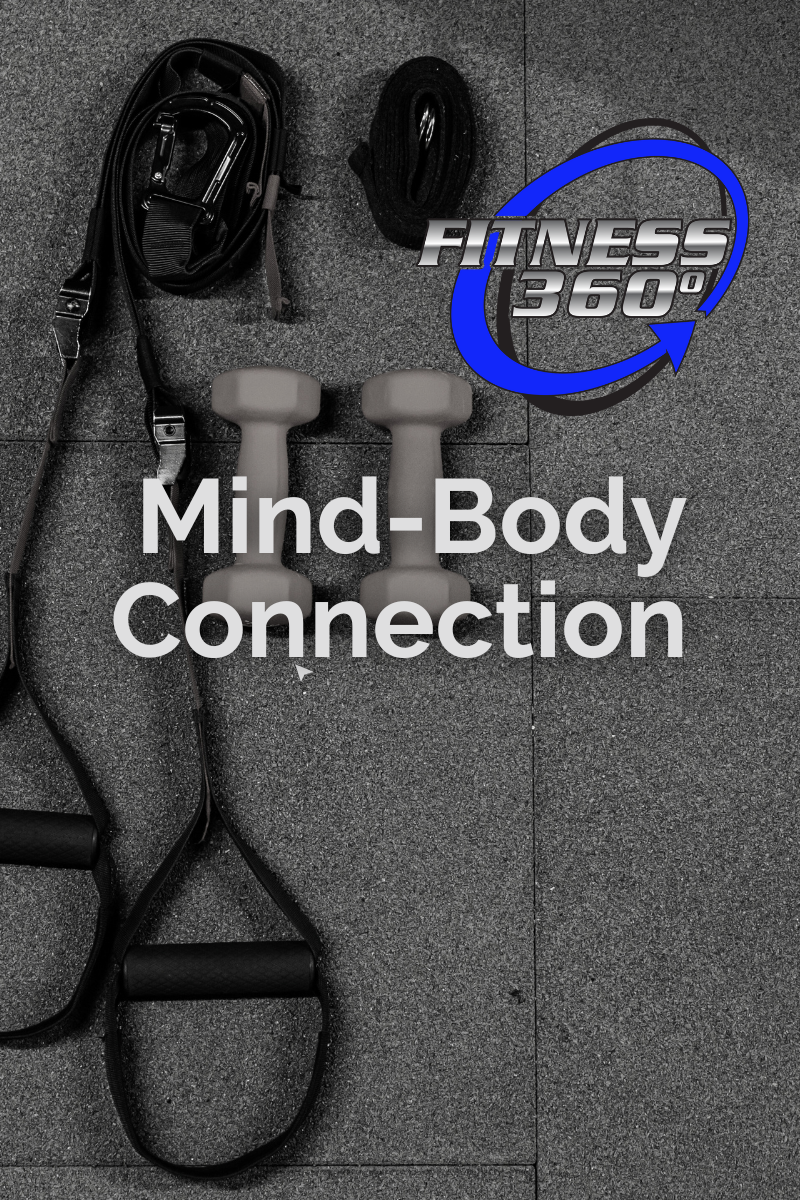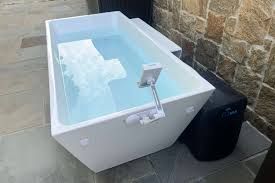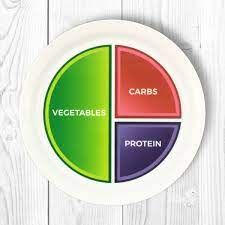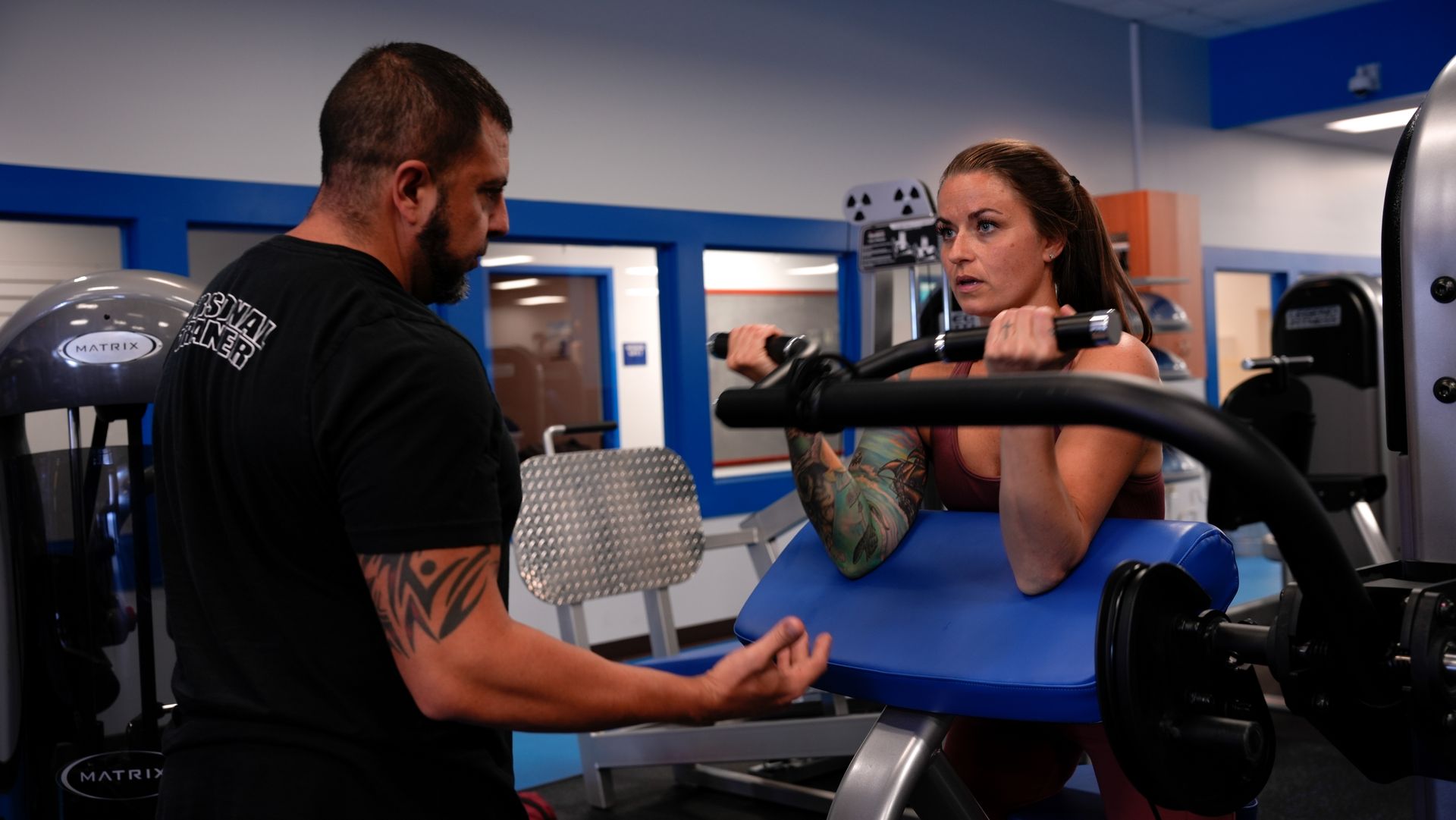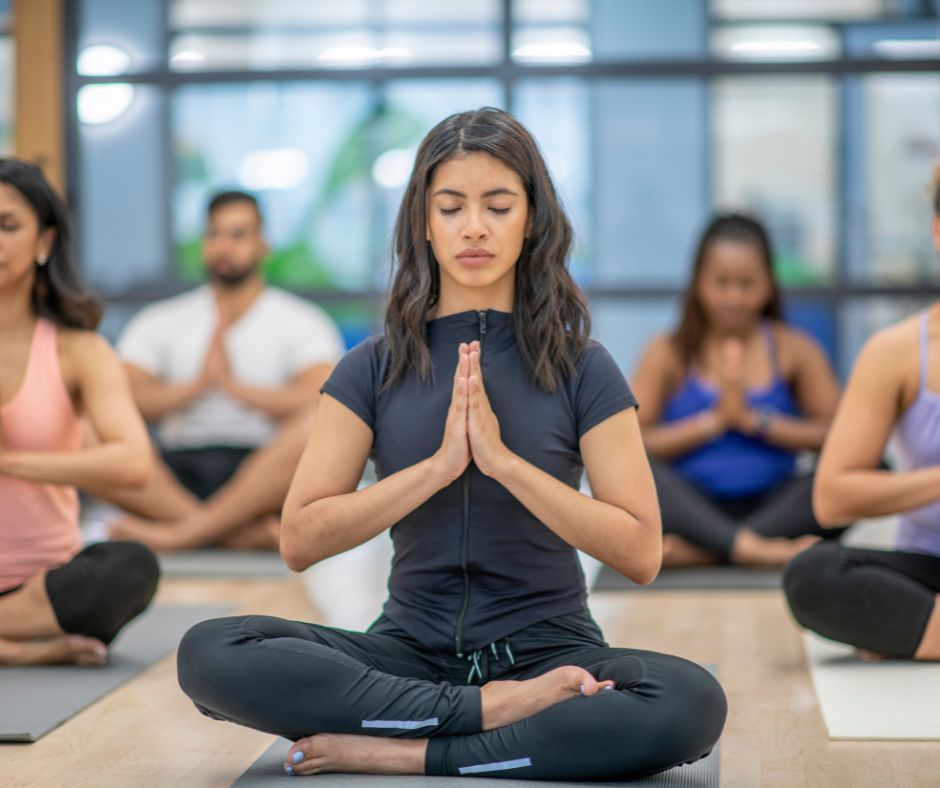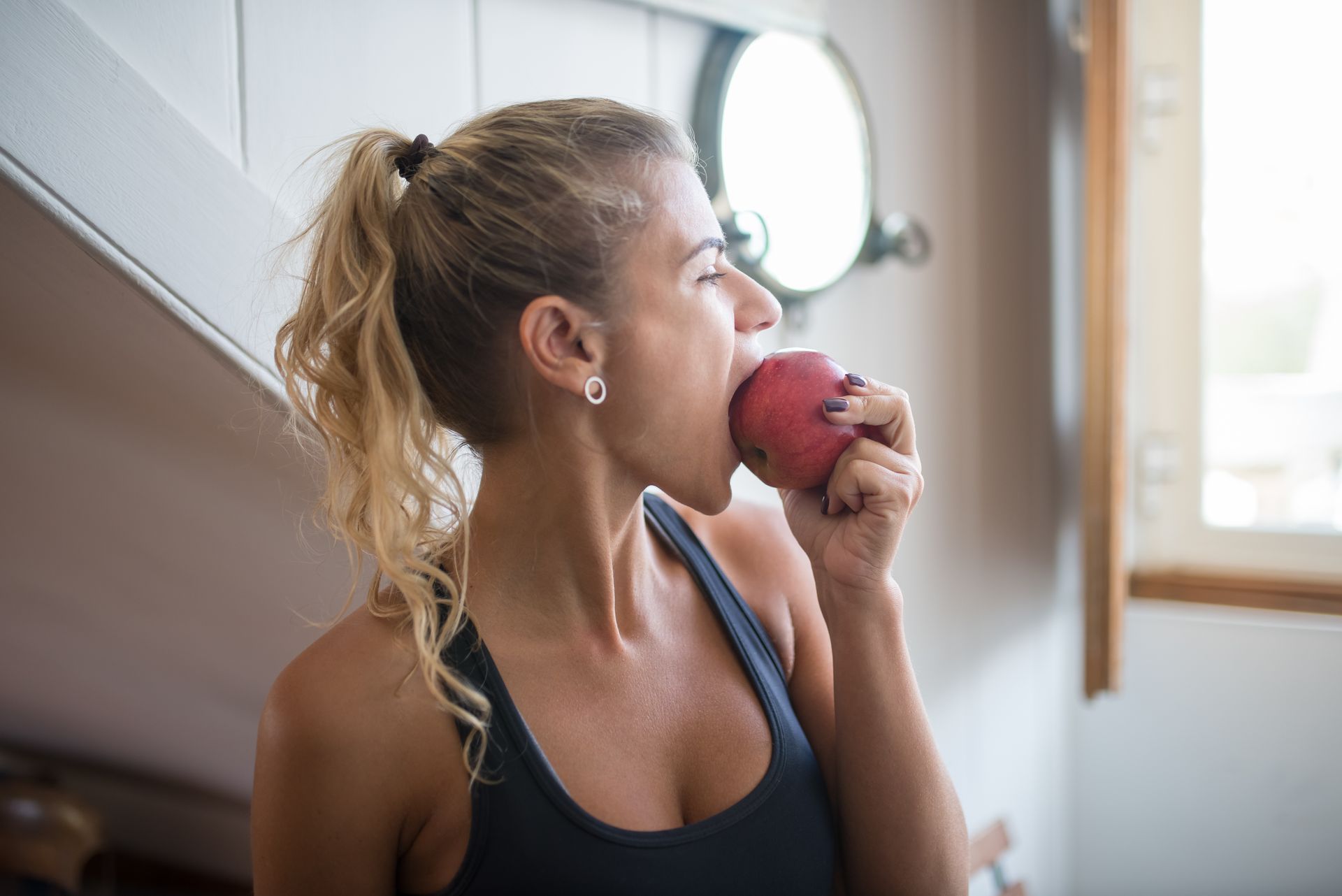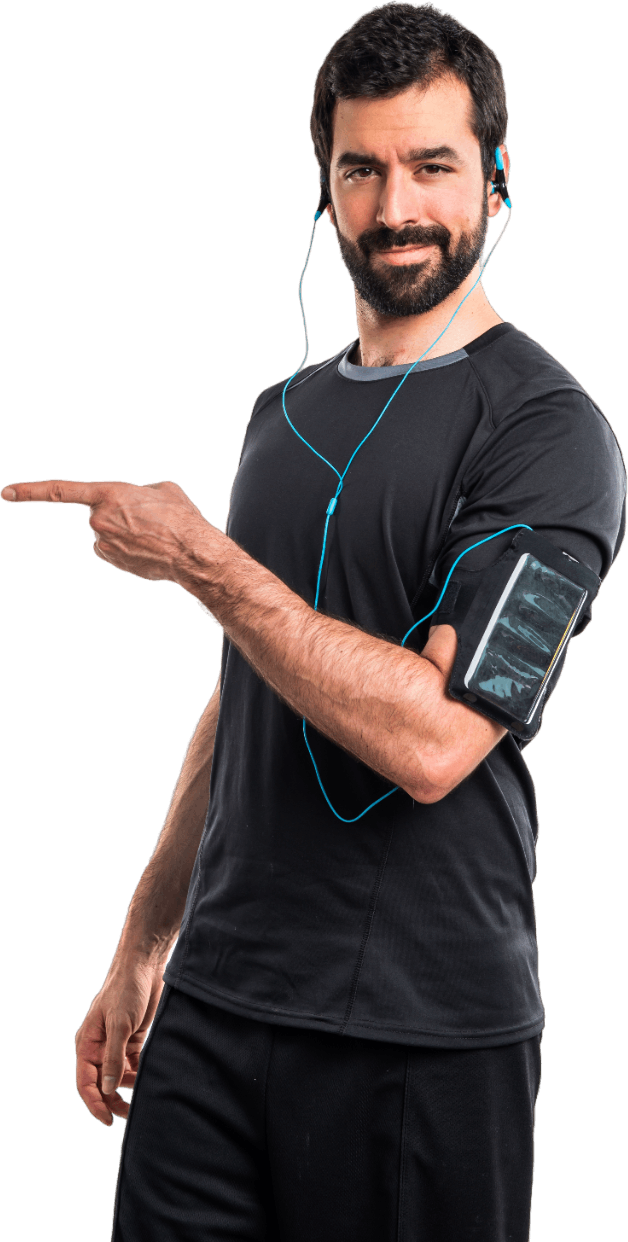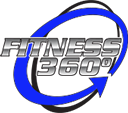BLOG
Blog
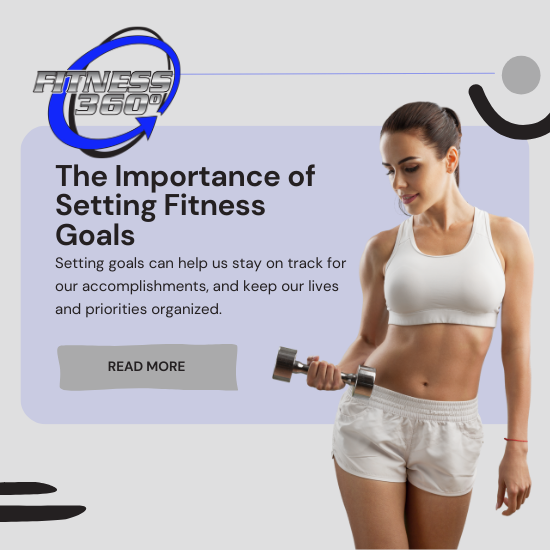
By Jeremy Parker
•
27 Dec, 2023
In the pursuit of a healthier and more active lifestyle, setting fitness goals serves as a compass, guiding individuals through their wellness journey. Whether you're a seasoned fitness enthusiast or a newcomer to the world of exercise, establishing clear objectives can make a significant difference in your overall success and well-being.
LIVE A HEALTHIER & HAPPIER LIFESTYLE
GET IN TOUCH
Get in Touch
Thank you for contacting us.
We will get back to you as soon as possible.
We will get back to you as soon as possible.
Oops, there was an error sending your message.
Please try again later.
Please try again later.

Embrace your journey to a healthier, stronger you with Fitness 360 - be motivated, be dedicated, and get results.
FIND US
© Copyright 2023 | All Rights Reserved | Fitness 360
